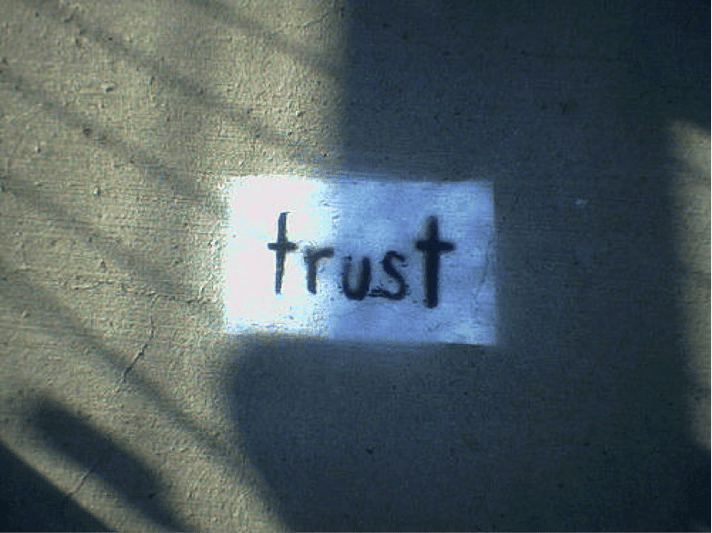 image credit: purple java troll via flickr cc
image credit: purple java troll via flickr cc
Today’s consumers are more well informed than they have been at any time in the past. In the CPG realm, consumer empowerment has lead to drastic changes in purchase behavior. As technology has dramatically changed behavior, customers have grown increasingly skeptical of brand messaging. While packaging is still a critical component of the CPG buying process, today’s consumer requirements for authentic and trustworthy packaging have changed.
Studies by Insights Marketing indicate that just one-third of customers trust brand marketing as a source of information. Modern consumers are more likely to trust bloggers, third-party experts, online reviews, and friends and family as a source of information when making large purchases. To win the trust of modern grocery shoppers, CPG brands must strive for authenticity and transparency in packaging design.
Authentic Packaging Design: a Natural Snacks Case Study
Ultimately, your packaging should align with your brand’s values to provide a consistent experience to your customers. Watusee Foods, a manufacturer of healthy snack products, believes in “simple goodness” of products and ingredients. Rebranding efforts allowed Watusee to streamline the look and packaging of their product around the concept that’s reflected in the brand’s name -- what you see is what you get. By focusing on the message that Watusee customers can expect “a simply prepared snack with only (five to six) ingredients,” the brand is able to tell their story and earn consumer trust in a matter of seconds.
Your brand’s packaging design must reflect your company’s story, product, and values. If your packaging claims a “simple” snack product with dozens of ingredients, consumers are going to be left with a disingenuous feeling about your products and company. By ensuring that your messaging, design, and visual impact is in line with your company and your consumer’s preferences, you can build instant trust.
What Does Authentic Package Design Look Like?
Authenticity is more difficult to define than minimalism or other CPG packaging trends. While trends are fleeting, authenticity is closely tied to timeless concepts of branding and visual communications. Designer Andrew Gibbs believes that many authentic designs are characterized by “a complete rejection of established corporate brand design.”
As a concept, “authentic” is closely related to the idea of “artisan.” Design and visuals that appear vintage, hand-crafted, or unrefined can give the impression of being, as Jam and Co puts it, “naive to strategies of persuasion.” By giving the impression that your packaging is a natural extension of your product, not a thoroughly-tested marketing tool, you are more likely to gain attention from skeptical consumers. Visual signifiers of authenticity can include:
- Handmade elements
- Simple artwork
- Inclusion of imperfections
- Vintage or “timeless” attributes
Your product must support your packaging’s appearance of authenticity. However, “naive” design can result in eye-catching and attractive CPG packaging. Common attributes of packaging that’s perceived as authentic can include:
- Handwritten, “raw” or sketched typography and fonts
- Vintage inspired visual elements or typography
- Simple visuals or hand-drawn artwork and iconography
- Natural or muted color pairings
- Tactile textures and natural, eco-friendly packaging materials
Consumers are increasingly choosing products that are perceived as authentic, such as authentically-healthy, genuinely sustainable, or truly locally-produced. Despite the increasing prevalence of technology and digitally-based research, today’s consumers want a “human connection to the products and the brands that they consume.” By creating a look-and-feel for your products that’s markedly different than many major CPG products, you can stand out as a contender for customer trust.
With a consistent, high-quality product, it’s worthwhile to invest in a packaging design that displays your brand’s values and story. By taking a simple approach to packaging design that’s focused on design principles that appear “authentic,” CPG brands can prove themselves to skeptical consumers.







